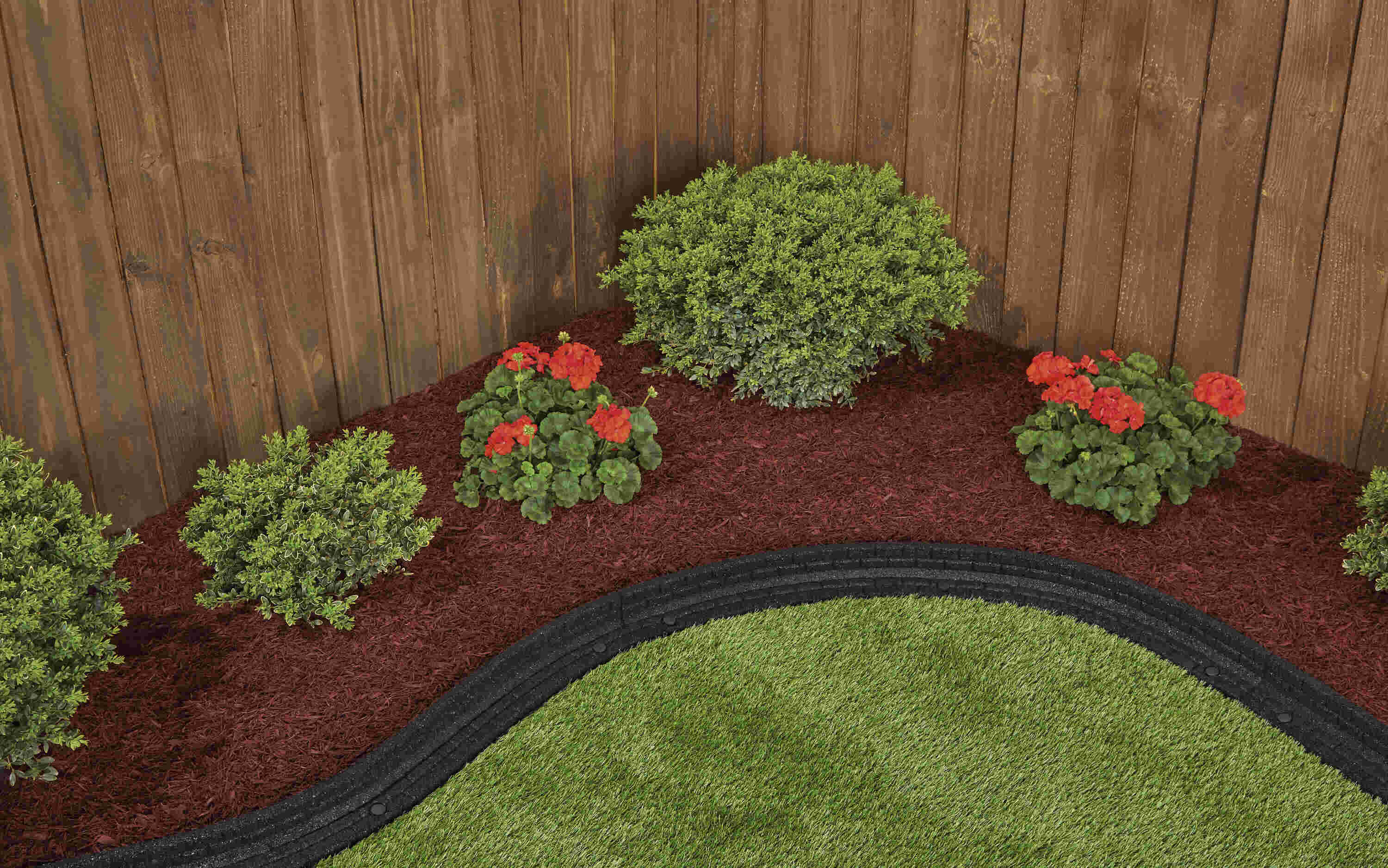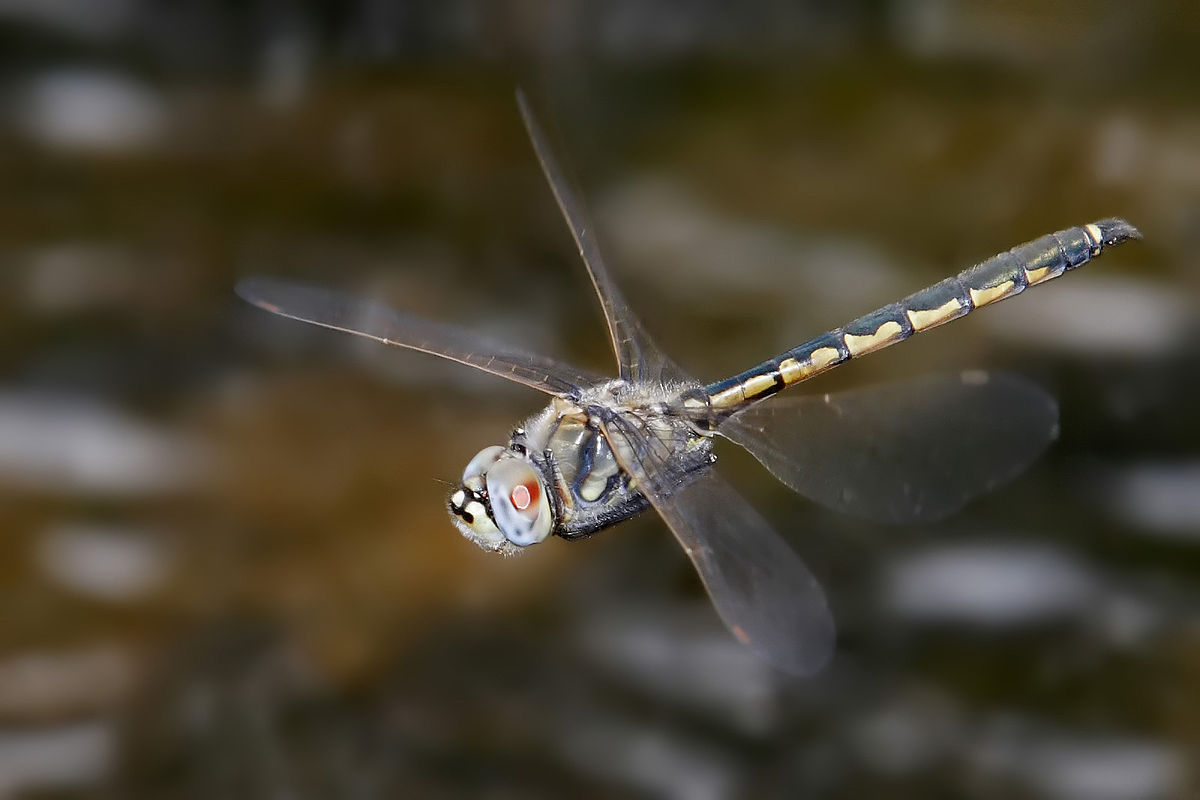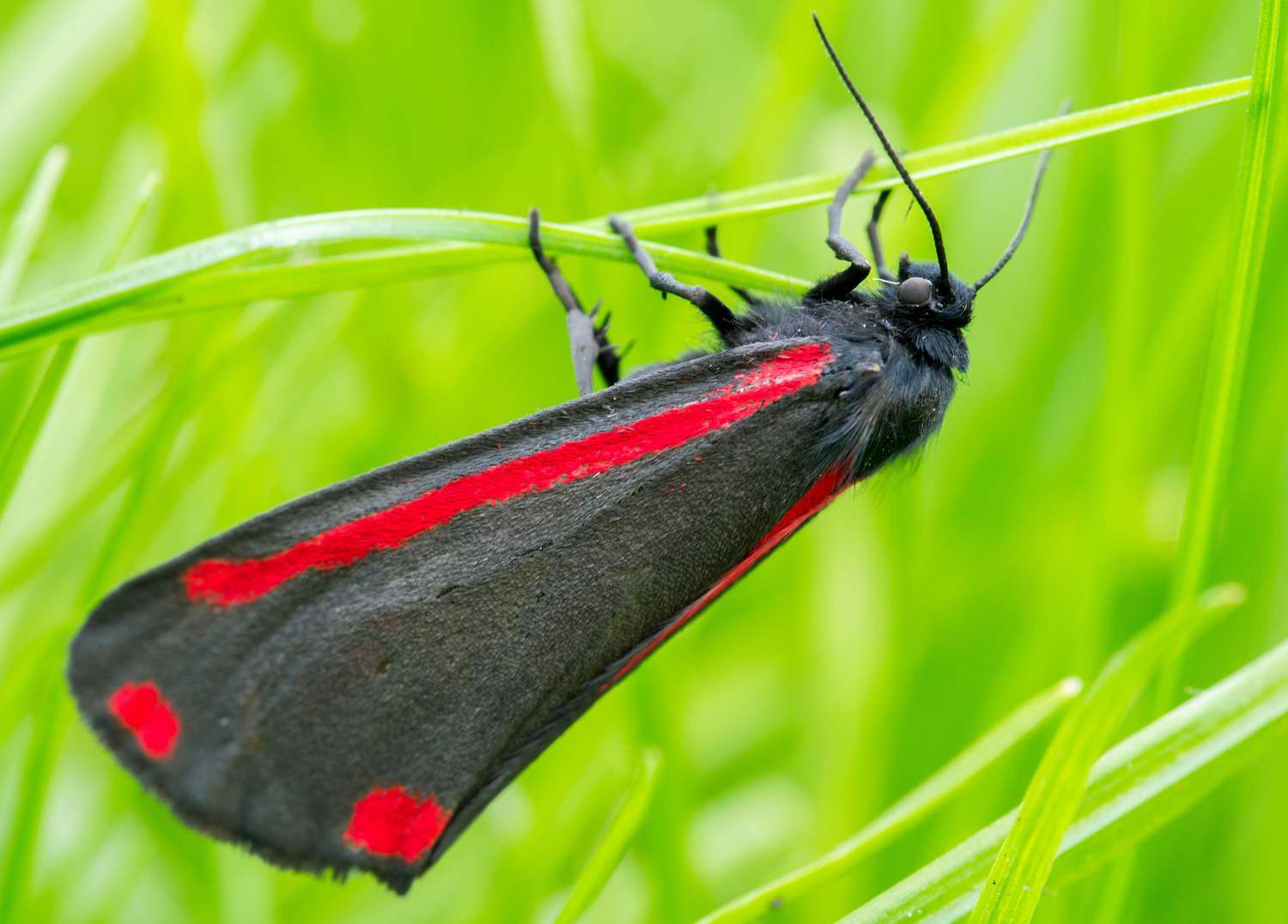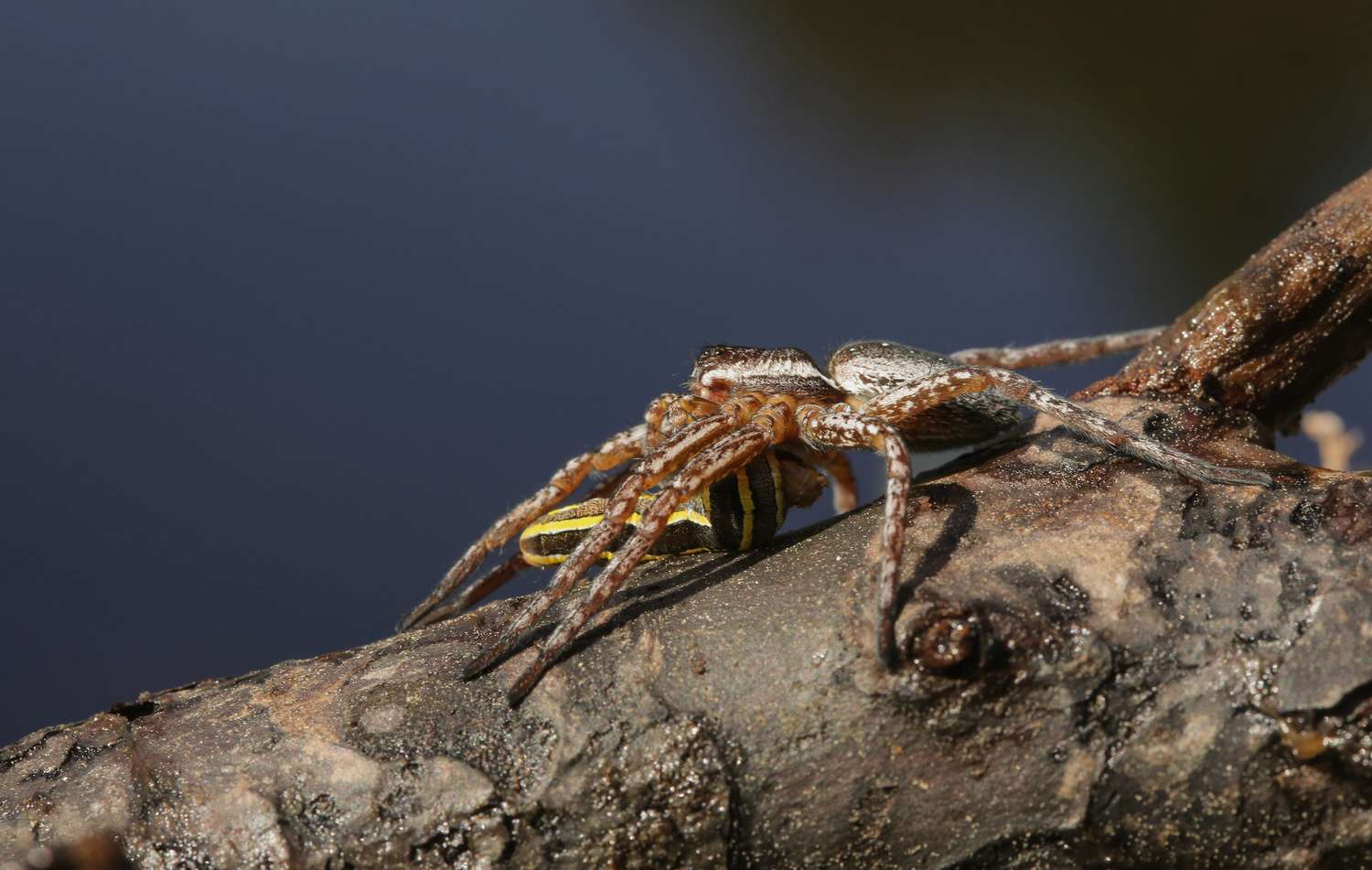Home>Gardening News and Trends>Latest News>What Are The Red Insects On Concrete
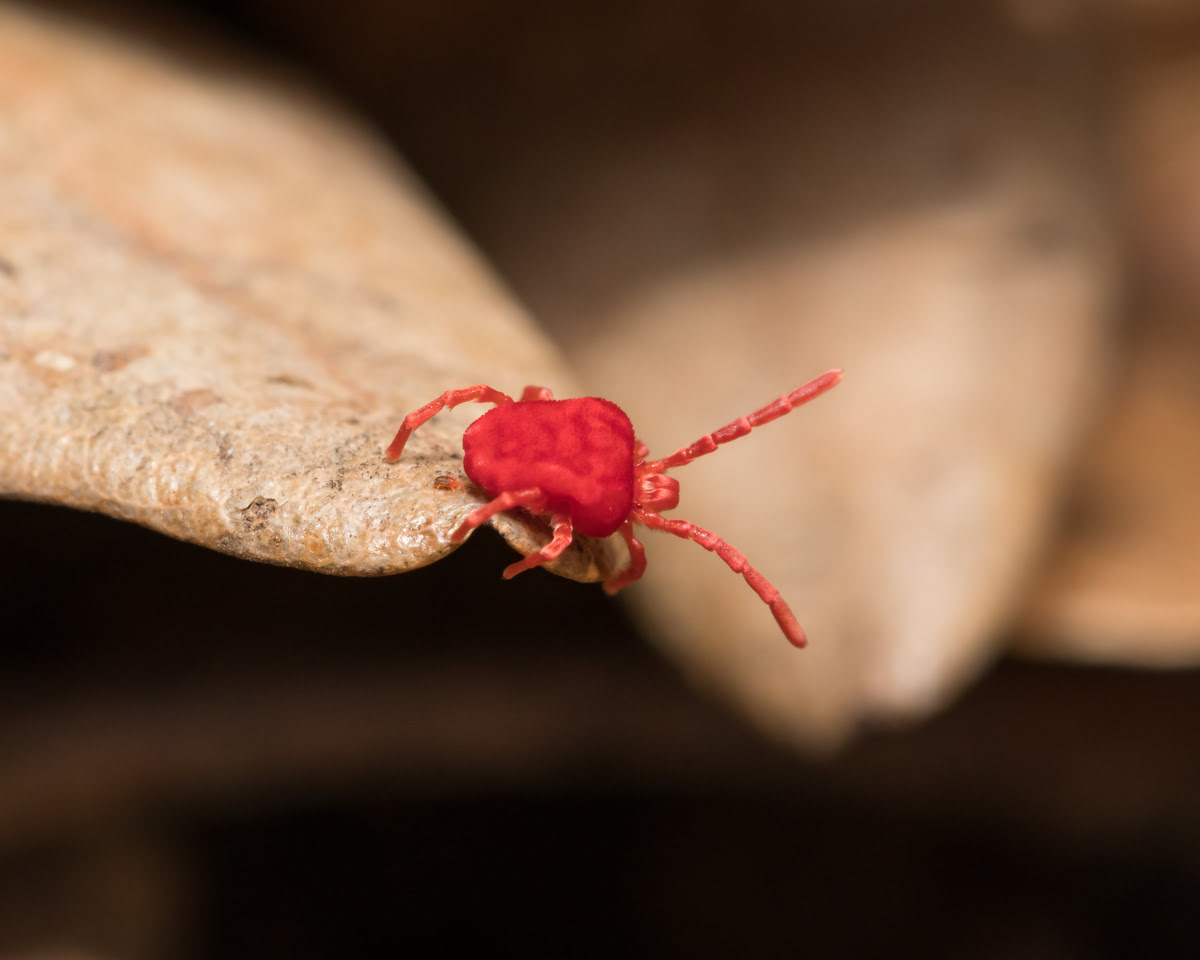

Latest News
What Are The Red Insects On Concrete
Published: December 7, 2023
Discover the latest news on what are the red insects on concrete. Stay informed about the red insect infestations and how to prevent them.
(Many of the links in this article redirect to a specific reviewed product. Your purchase of these products through affiliate links helps to generate commission for Chicagolandgardening.com, at no extra cost. Learn more)
Table of Contents
- Introduction
- What are red insects on concrete?
- Identification of red insects on concrete
- Common types of red insects found on concrete
- Behavior and habits of red insects on concrete
- Factors attracting red insects to concrete
- Potential risks of red insects on concrete
- Prevention and control of red insects on concrete
- Conclusion
Introduction
Concrete is a versatile and durable material that is commonly used in construction projects. However, it is not uncommon to find red insects on concrete surfaces, which can be both intriguing and concerning. These insects, often seen crawling or flying around, raise questions about their origin, purpose, and potential risks they may bring.
Red insects on concrete are a common occurrence in many areas, and understanding their nature can help us appreciate the beauty of nature and take necessary precautions to mitigate any negative impact they may have on our surroundings. In this article, we will delve into the world of red insects on concrete, exploring their identification, behavior, and ways to prevent and control their presence.
While it may be tempting to simply dismiss these red insects as a nuisance, exploring their characteristics and habits can provide us with valuable insights. By gaining a deeper understanding of these creatures, we can better appreciate the intricate balance of the natural world.
In the following sections, we will discuss the different types of red insects commonly found on concrete, their behavior, and the factors that attract them to these surfaces. Additionally, we will also highlight the potential risks associated with the presence of red insects on concrete and provide tips on effective prevention and control measures.
Whether you have noticed these red insects on your own property or are simply curious about them, this article aims to provide you with comprehensive information that will enable you to make informed decisions and take appropriate actions when encountering these fascinating creatures. So let’s dive in and unravel the mystery of the red insects on concrete.
What are red insects on concrete?
Red insects on concrete refer to a variety of tiny arthropods that are commonly found crawling, flying, or resting on concrete surfaces. These insects can vary in size, shape, and behavior, but they all share the common characteristic of having a red or reddish coloration. While they may be visually striking, their presence can often raise questions and concerns.
Red insects on concrete can encompass a wide range of species, including beetles, ants, mites, and even certain types of spiders. Their specific identification can sometimes be challenging as they come in various shapes and sizes. However, one common characteristic is their reddish color, which sets them apart from other insects you may encounter.
These insects can be found in urban, suburban, and rural environments, and they are particularly attracted to outdoor areas where concrete is present, such as sidewalks, driveways, and walls. They may also gather around structures that are made of or contain concrete, such as buildings, bridges, and parking lots.
It is important to note that the presence of red insects on concrete does not necessarily indicate a problem or infestation. In fact, these insects are often innocuous and play a role in the natural ecosystem. However, in some cases, their presence can become a nuisance or indicate an underlying issue that needs attention.
By understanding the nature and characteristics of these red insects, we can better appreciate their role in the environment and take appropriate measures to manage their presence effectively. In the following sections, we will delve into the identification, behavior, and potential risks associated with red insects on concrete.
Identification of red insects on concrete
Identifying red insects on concrete can be challenging due to the variety of species that exhibit this coloration. However, there are certain characteristics and features to look for that can help in their identification.
First, observe the size and shape of the insect. Red insects on concrete can range in size from tiny specks to larger, more noticeable creatures. Pay attention to their body shape, including the presence of wings, antennae, and legs.
Next, take note of their coloration. While the insects may primarily appear red, there may be variations in shade or markings on their bodies. Some red insects may have patterns or spots that distinguish them from others.
Additionally, examine their movements and behavior. Are they crawling slowly or quickly? Do they fly or jump? Some insects may exhibit specific behaviors that aid in their identification.
If you are uncertain about the precise identification of a red insect on concrete, consider consulting a local entomologist, pest control professional, or utilizing online resources or field guides specific to your region. They can provide more detailed information and help you determine whether the insect is harmless or potentially problematic.
Remember, it is essential to approach these insects with caution and respect. While they may be fascinating to observe, it is crucial to avoid direct handling or contact, as some species may bite or sting if provoked.
Being able to identify the red insects on concrete can help you appreciate their diversity and marvel at the wonders of the natural world. In the next section, we will explore some of the common types of red insects you may encounter on concrete surfaces.
Common types of red insects found on concrete
Red insects found on concrete surfaces encompass a wide variety of species with different characteristics and behaviors. Understanding some of the common types of red insects can help you identify and appreciate the diversity of these intriguing creatures.
1. Red Ants: Red ants, such as the famous fire ants, are often found marching in trails on concrete. They are known for their reddish-brown color and aggressive behavior, and their presence on concrete can indicate the presence of nearby nests or colonies.
2. Red Beetles: Several species of red beetles can be seen on concrete, including ladybugs and red flour beetles. Ladybugs are beneficial insects that feed on garden pests, while red flour beetles are common pantry pests that can infest stored grains.
3. Red Spider Mites: Red spider mites are tiny arachnids that are often found in large numbers on concrete surfaces, especially during dry and hot weather. They are known for their reddish appearance and can infest plants, causing damage to foliage.
4. Red Lacewings: Red lacewings are delicate insects with transparent wings and a reddish or orange body. They are beneficial predators and feed on aphids and other small insects, making them valuable for natural pest control in gardens and landscapes.
5. Red Assassin Bugs: Red assassin bugs are predatory insects that can often be found on concrete walls or structures. They have a distinctive red or reddish-brown color and a long, slender body. They prey on other insects, including garden pests.
These are just a few examples of the common types of red insects that you may encounter on concrete surfaces. Keep in mind that there are numerous other species with varying colors and characteristics. It is always a good idea to consult with local experts or resources to get accurate identification if you come across any unfamiliar red insects.
Now that we have explored some of the common types of red insects, let’s delve into their behavior and habits in the next section.
Behavior and habits of red insects on concrete
Understanding the behavior and habits of red insects on concrete can provide valuable insights into their ecological role and potential impact on their surroundings. While specific behaviors may vary among different species, there are some common patterns observed among these insects.
1. Foraging: Red insects on concrete are often seen foraging for food or resources. They may crawl along the surface, searching for prey, nectar, or other sources of sustenance. This behavior is particularly noticeable in red ants and red lacewings.
2. Nesting: Some red insects, such as red ants, build nests near or on concrete surfaces. These nests can be intricate structures that provide shelter and protection for the colony. The presence of these nests on concrete can indicate a larger ant population in the vicinity.
3. Aggression and Defense: Certain species of red insects, such as red ants and red assassin bugs, can display aggressive behavior when disturbed or threatened. They may bite, sting, or release defensive chemicals to protect themselves or their nests.
4. Sunning: Red insects, like many other insects, may also be observed basking in the sun on concrete surfaces. They can take advantage of the warmth absorbed by the concrete to regulate their body temperature and enhance their physiological processes.
5. Breeding and Reproduction: Red insects have specific reproductive behaviors, such as mating rituals or laying eggs. Some species may even engage in courtship displays or release pheromones to attract mates. These activities often occur in favorable environments, including concrete surfaces if suitable conditions are present.
It is important to note that the behavior and habits of red insects on concrete are influenced by various factors, such as the availability of food, environmental conditions, and species-specific characteristics. Observing these behaviors can provide a fascinating glimpse into the natural world and help us appreciate the complexity of insect life.
Now that we have explored the behavior and habits of red insects on concrete, let’s turn our attention to the factors that attract them to these surfaces in the next section.
Factors attracting red insects to concrete
Red insects are often attracted to concrete surfaces due to a combination of environmental factors and the unique properties of concrete itself. Understanding these factors can help us better comprehend why red insects often gather and thrive on concrete.
1. Temperature and Heat Absorption: Concrete has the ability to absorb and retain heat, making it attractive to many insects, including red insects. The warmth radiated by concrete can provide a favorable microclimate for these insects, especially during cool or cold weather conditions.
2. Microhabitat Availability: Concrete surfaces can offer unique microhabitats for insects. Cracks, crevices, and gaps present in concrete can provide nesting or hiding places for various species. Red ants, for example, may establish colonies within the crevices of concrete structures.
3. Moisture Retention: Concrete has the capacity to retain moisture, especially when it is porous or when there are water sources nearby. Red insects, such as red spider mites or red beetles, may be attracted to the moisture present in concrete, providing them with a suitable environment for survival and reproduction.
4. Food Sources: Concrete surfaces can harbor food sources or attract other insects that serve as prey. Red ants, for instance, may be drawn to concrete areas where food debris is present or where other insects are active. The availability of food resources can be a major driving force for red insects to gather on concrete.
5. Urbanization and Artificial Structures: The expansion of urban areas and the construction of artificial structures, including concrete roads, buildings, and sidewalks, can create new habitats and niches for red insects. These insects may adapt and thrive in these human-altered environments, utilizing concrete surfaces as part of their natural behavior patterns.
It is important to note that not all red insects are attracted to concrete surfaces, and the specific factors that draw them can vary between species and regions. The combination of factors mentioned above, along with the specific biological and ecological requirements of each insect, contributes to the attraction and presence of red insects on concrete.
In the next section, we will discuss the potential risks associated with red insects on concrete and explore ways to prevent and control their presence.
Potential risks of red insects on concrete
While red insects on concrete are often harmless and play a role in the natural ecosystem, there are certain potential risks associated with their presence that should be considered.
1. Structural Damage: In some cases, red ants and other burrowing insects may cause structural damage to concrete surfaces. Their nesting activities can weaken the integrity of the concrete, leading to cracks or instability. This can be particularly concerning in the case of buildings or infrastructure where the structural integrity is crucial.
2. Pest Infestation: Certain red insects, like red flour beetles or red spider mites, can be considered pests when they infest stored grains or garden plants, respectively. These infestations can lead to food contamination, economic losses, and damage to crops or ornamental plants.
3. Allergic Reactions: Some individuals may experience allergic reactions to bites or stings from red insects, such as red ants. These reactions can range from mild irritation to severe allergic responses. It is important to exercise caution and seek medical attention if allergic reactions occur.
4. Contamination: Red insects, especially those that feed on decaying matter or waste, may leave behind feces or other biological materials on concrete surfaces. This can lead to unsightly stains or odors, which can be a source of aesthetic concern.
5. Ecological Imbalance: In certain situations, the presence of red insects on concrete can indicate an imbalance in the surrounding ecosystem. For example, an overpopulation of red ants may disrupt the natural balance by preying on other beneficial insects or impacting plant pollination processes.
It is essential to assess the specific risks associated with red insects on concrete based on the species present, the extent of their activity, and the context in which they are found. In cases where the risks are significant, appropriate measures should be taken to prevent or control their presence.
In the next section, we will discuss effective prevention and control methods for managing red insects on concrete surfaces.
Prevention and control of red insects on concrete
Implementing effective prevention and control measures can help manage the presence of red insects on concrete surfaces and mitigate any potential risks associated with their presence. Here are some strategies to consider:
1. Regular Cleaning: Keep concrete surfaces clean and free from debris, food particles, or any organic matter that may attract red insects. Regular sweeping and pressure washing can help remove potential food sources and nesting areas.
2. Remove Standing Water: Red insects are attracted to moisture, so it is important to eliminate any sources of standing water near or on concrete. Ensure proper drainage and fix any leaks or water seepage issues that may contribute to moisture accumulation.
3. Seal Cracks and Gaps: Inspect concrete surfaces for cracks, crevices, or gaps where insects may hide or nest. Repair and seal these openings to prevent red ants or other insects from establishing colonies or accessing the interior of structures.
4. Trim Vegetation: Vegetation near concrete surfaces can provide shelter and food sources for red insects. Regularly trim and maintain plants to reduce the attractiveness of the area and minimize potential habitats for insects.
5. Implement Barrier Methods: Physical barriers, such as caulking or weather stripping, can be used to prevent insects from entering buildings or structures through cracks or openings in concrete. This can help prevent infestations and reduce the risk of structural damage.
6. Consult Pest Control Professionals: If red insect populations become overwhelming or pose significant risks, seek the assistance of professional pest control experts. They can assess the situation, provide targeted treatments, and offer advice on long-term prevention strategies.
It is crucial to prioritize environmentally-friendly and sustainable methods when implementing prevention and control measures. Avoid the excessive use of chemical pesticides unless deemed necessary, as they can have unintended consequences on non-target organisms and the environment.
By adopting these prevention and control strategies, you can effectively manage the presence of red insects on concrete surfaces, reduce potential risks, and maintain a harmonious balance between nature and the built environment.
Now that we have explored prevention and control methods, let’s conclude our article by summarizing the key points discussed.
Conclusion
The presence of red insects on concrete surfaces can pique our curiosity and raise questions about their identity and impact. While these insects are diverse in species, behaviors, and habits, they share a common attraction to concrete due to factors such as temperature, habitat availability, and food sources.
Identifying red insects on concrete can be challenging, but paying attention to their size, shape, and distinctive reddish coloration can aid in their identification. Understanding their behavior and habits, such as foraging, nesting, and sunning, can offer insights into their ecological roles and natural interactions.
While most red insects on concrete are harmless, there are potential risks to consider, including structural damage, pest infestations, allergic reactions, and ecological imbalances. Implementing prevention and control measures, such as regular cleaning, sealing cracks, and trimming vegetation, can help mitigate these risks and manage their presence effectively.
It is important to approach the prevention and control of red insects on concrete with an environmentally-friendly mindset, taking into account the balance of the ecosystem and minimizing the use of chemical pesticides.
In conclusion, red insects on concrete are fascinating creatures that contribute to the biodiversity of our environment. By gaining knowledge about their identification, behavior, potential risks, and control methods, we can coexist with these insects and appreciate the intricate beauty of the natural world.

